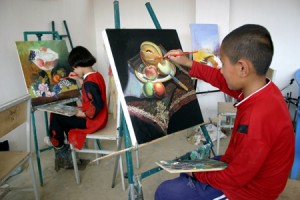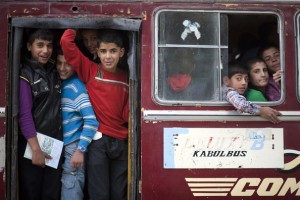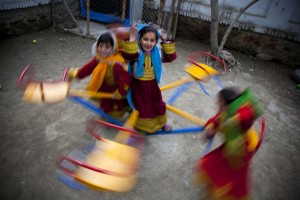From a young age, the word “disaster” never evoked images of our natural environment rising up against (or playing an integral role in) human settlements, livelihoods, and cultures. Having grown up in Vancouver, we had always heard about “the big one” that was coming – an earthquake which is expected to reach magnitudes beyond what has been experienced in Vancouver in recent memory. However, year after year, “the big one” never arrived, and resulted in a sense of false security that perhaps it never would, or that somehow the danger had been averted.
I grew up learning at the side of my parents – both trained as eye specialists who spent whatever time they could (often during our school holidays) in various parts of the world, training doctors and nurses, and providing eye care to some of the most marginalized communities in the world. These experiences from my early childhood alerted me keenly to the man-made disasters we see today: policies that failed to provide enough food for the population, schooling that limited human potential, and war and the many challenges that are associated with it. Nature did not enter the equation, in my mind at least.
It was not until the winter of 2005 that I realized the absolute reliance that we have on our natural environment. I was working in Khorog, Tajikistan, in the mountains of the Pamirs. One night, after a trip to Dushanbe, we were driving back to Khorog (a 14 hour drive), along treacherous mountain roads. As we drove, the roads behind us were closed by avalanches. Indeed, an avalanche fell just in front of our car about two hours from Khorog. We had the option to dig and continue driving, or spend the night in a nearby village to continue driving in the morning. We decided to pass, opting for getting home rather than imposing on a family for the night. After a great deal of effort, and several close calls with an almost continuous stream of avalanches onto the road, we arrived in Khorog.
The next morning we discovered that many of the surrounding villages were cut off from the rest of the country, and that would be the case for the next month. Food became scarce, homes were destroyed, lives were lost. This experience, was my first, and most immediate, realization of the true magnitude of natural disasters, particularly in mountainous regions.


